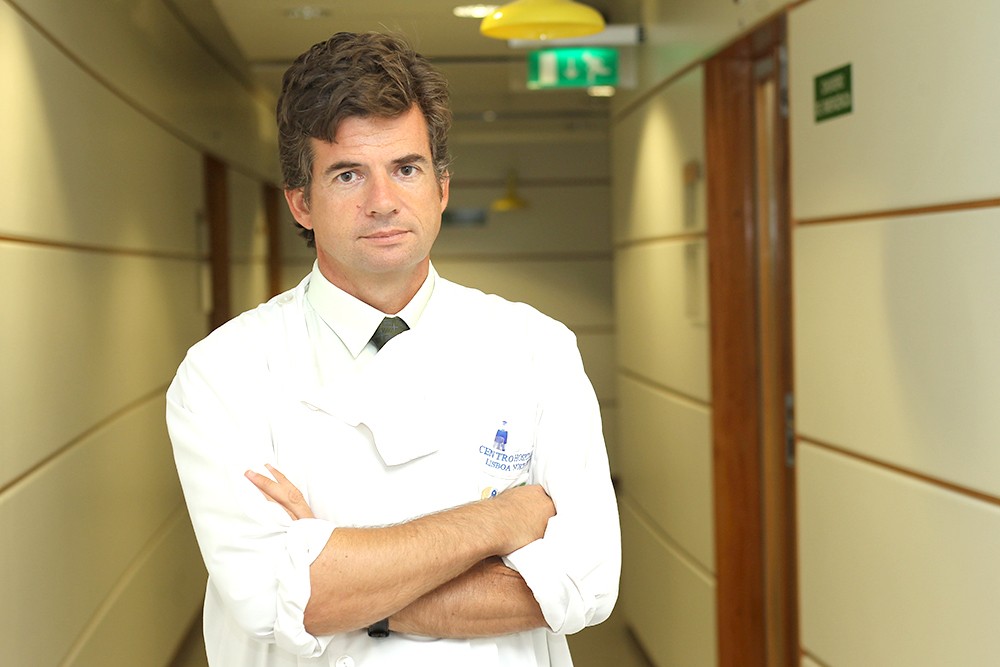
Reflection on low back pain. About World Ankylosing Spondylitis Day
Nothing better than the life story of Muhammad Khan, an American rheumatologist of Pakistani origin, to better understand the difficulties that patients with ankylosing spondylitis often experience. At 12 years of age, Khan started having lower back and hip pain, with marked morning stiffness. Shortly afterwards, the symptoms progressed to the rib cage. Doctors in Pakistan had diagnostic doubts and ended up diagnosing tuberculosis and young Khan was treated as such for 1 year. As there was no improvement, a therapeutic attempt was made with intravenous bee honey, the rationale of which eludes us completely... Only at the age of 18, as a medical student in the 1960s, was the correct diagnosis of ankylosing spondylitis made and he was treated with the first drug that he felt to be effective, phenylbutazone. Out of curiosity, this anti-inflammatory drug was removed from the market due to spinal toxicity, being used only in veterinary medicine.
The late diagnosis and the scarcity of therapeutic options, which was a reality of this disease until the end of the 20th century, meant that Muhammad Khan had the fate of many patients with Ankylosing Spondylitis. Inflammation progression, establishment of vertebral bone bridges with ankylosis of the spine in a kyphotic position, restriction of chest expansion and destruction of load joints, such as the hip joints, with the need for joint prostheses. Dr Khan, also an amateur painter, made a self-portrait, dominated by a deformed spine and pelvis, in a composition also with letters of his name in English and Arabic, in which he highlighted the concepts of fragility and resilience.
Khan was particularly penalized for being born in a geographical area with practically no rheumatologists and certainly no paediatric rheumatologists, who could have made an early diagnosis and helped prevent the progression of the disease with anti-inflammatory therapies and rehabilitation. But even today, and all over the world, there are patients with late diagnosis and inadequate therapeutic interventions, due to a lack of sensitivity in the community to the initial symptoms of this disease. The problem is partly related to the enormous frequency of back pain, which can almost be considered characteristic of human bipedalism. In fact, spinal pain in general and low back pain in particular are very common. It is estimated that about 80% of the population has at least one episode of acute low back pain in their lifetime and in about 10%, these episodes progress into a chronic condition. These low back pains in most cases have a multifactorial origin, including lesions of the intervertebral disc, vertebral plates, inter-facetal joints, ligaments, fasciae and muscles, as well as compression of nerve roots. This type of painful condition of non-specific cause is known as common low back pain.
However, these low back pains often hide serious infectious, tumour or inflammatory diseases, which sometimes escape a timely diagnosis. One of the hidden entities is ankylosing spondylitis. It is very important that there is high medical sensitivity for the differential diagnosis of spinal pain. In the specific case of ankylosing spondylitis, this means access to effective biological therapies, which allow the resolution of pain, normalize the quality of life and prevent disabling evolution in the long term. Dr Khan would not currently be dependent on a walker and night-time ventilatory support if his life situation had been different. Those who know him, however, say that his impressive resilience and compassion for the sick would not be the same.

João Eurico Cabral da Fonseca
Rheumatology and Metabolic Bone Diseases Unit, Santa Maria Hospital, CHULN
Rheumatology Research Unit, Institute of Molecular Medicine
Faculty of Medicine, University of Lisbon


